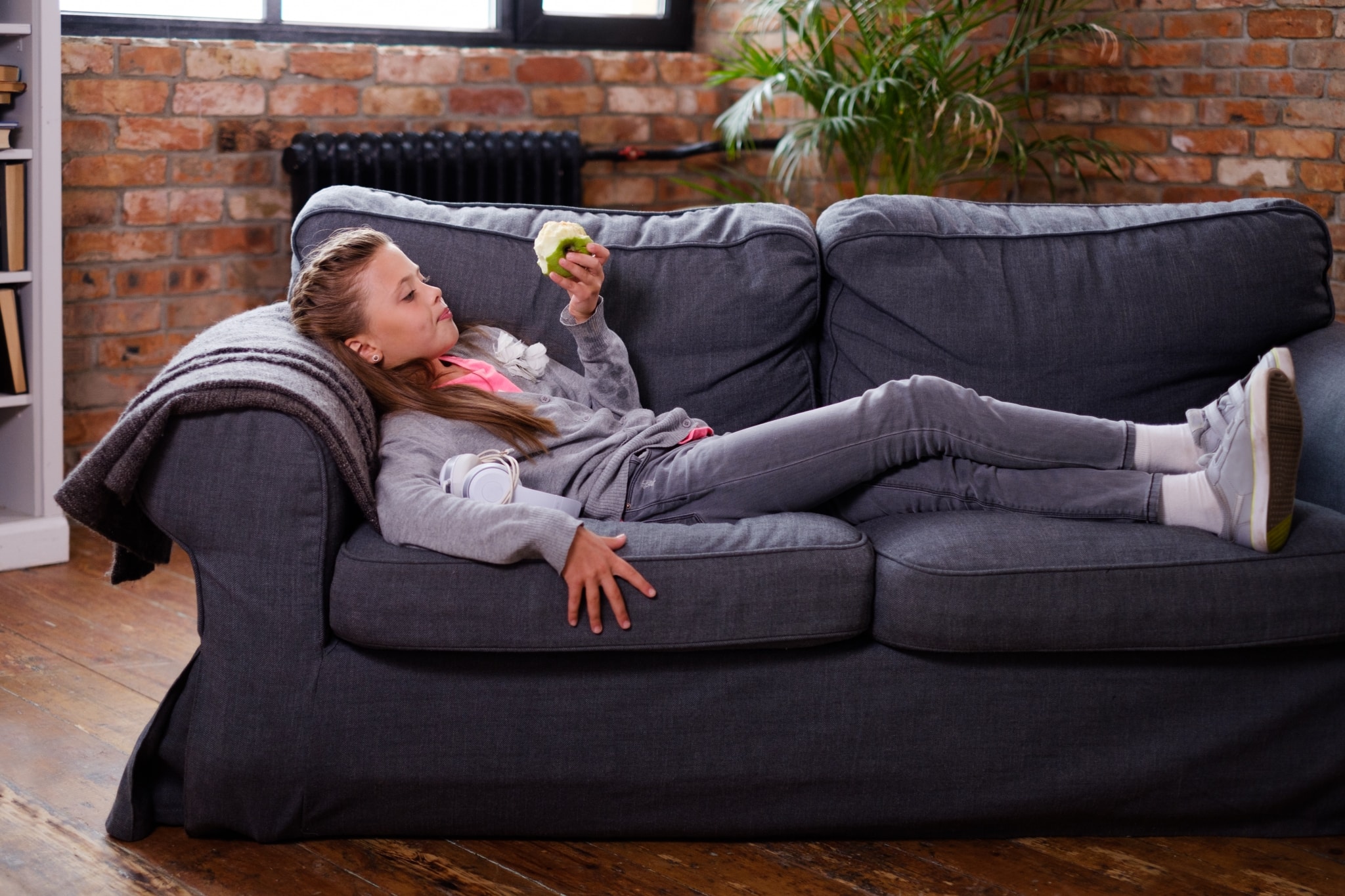Small changes made by individuals can add up to big changes for the environment. Here are 10 to get you started:
[title size=”2″]Get a High-Efficiency Showerhead[/title]A high-efficiency showerhead saves up to 3,000 gallons of water per person per year. You’ll also save $50 in energy costs and 1,000 pounds of carbon dioxide per person per year. The showerheads are specially designed to conserve resources while still providing like a luxurious-feeling shower. Sink-aerator attachments also save major amounts of water and are very inexpensive.
[title size=”2″]Recycle Water in Your Bathroom[/title] Use devices that allow you to reuse sink water for flushing your toilet. Or keep a bucket by the shower or the tub and fill it with the cold water that comes out before the hot water kicks in. Then take the bucket outside and use it to water your plants. [title size=”2″]Compost[/title] Use a compost bin to turn your food and lawn wastes into rich mulch. It’s a great way to reduce your trash production, and next year you’ll have rich compost ready to go for spring planting. [title size=”2″]Buy Green Power From Your Utility[/title] Most utilities charge less than $5 per month extra. Not only will your power come from a renewable source, but you’ll use the power of your spending to show utility executives and government officials that we need more investment in renewable-energy projects. [title size=”2″]Improve the Efficiency of Your Existing Water Heater[/title] Tankless and solar water heaters are great, but simple changes to your existing setup can cut your energy bills and carbon emissions by 25 percent or more. Reduce the temperature of your water heater to 120 degrees, wrap it in a water-heater insulating blanket and insulate the first 3 to 6 feet of hot and cold water pipes. These inexpensive changes should take you less than an hour to complete. [title size=”2″]Use High-Efficiency Outdoor Lighting[/title] A typical 100-watt floodlight, if used for six hours a day, can consume up to $40 of electricity over the course of a year and produce upwards of 400 pounds of carbon dioxide, depending on where you live. For starters, replace those floodlights with compact-fluorescent versions-they’re just as bright and use a quarter of the energy. Next, replace low-wattage halogen landscape bulbs with LED versions. They cut energy use by over 80 percent and can last for 10 years or more. Finally, install motion sensors on any nonessential lights. New versions just screw right into your existing light socket. [title size=”2″]Replace High-Use Indoor Lights with Compact Fluorescents or LEDs[/title] With high-quality light, sizes for almost any fixture and even versions that are dimmable, compact fluorescents have it all. They’re more expensive than normal light bulbs, but between the energy savings and their much longer life spans, they pay for themselves in less than two years. And consider LED bulbs for non-dimmable circuits (especially for holiday lighting). They’re true energy misers and will last for as long as you live in your house. [title size=”2″]Load Up the Washing Machines[/title] Make sure you run the dishwasher and the clothes washers only when they’re full. Clothes washers are huge energy and water users, so make sure you’re doing full loads (or adjusting the water setting) whenever possible. And most of us use far more water (and soap) than we need to when hand-washing dishes, especially when compared with high-efficiency Energy Star dishwashers. So save your time, water and power by putting those dishes directly in the dishwasher after a meal. [title size=”2″]Drive Smarter[/title] Simple changes in our existing driving habits can improve fuel efficiency by up to 25 percent. Drive at or near the speed limit, keep your tires inflated, make sure oil and air filters are clean, and step on the gas and the brakes carefully. Driving like a drag racer may be fun, but it has a substantial environmental cost. [title size=”2″]Avoid the Daily Waste of Fast Food and Shopping[/title] Next week, keep track of how much trash you generate by eating out and making trips to the store, I guarantee you’ll be amazed. All those bags, cups and containers really add up and are stuffing our landfills to capacity. Bring your own plastic or metal boxes to your favorite take-out joint. You’ll save resources and save them money. Use reusable shopping bags whenever you go to the store. Say “no thanks” when the pharmacist or the fast-food clerk tries to put your one or two items in a bag. Use reusable cups for coffee, soda and other beverages. And reuse some of the extras at home — keep extra napkins and reuse plastic cups and cutlery.


